
Hidden away in the shadows of countless basements are relics of a not-so-distant past. Appliances that no longer function or serve a purpose still manage to survive, gathering dust and memories. They’re too familiar to discard, too outdated to use, and somehow always in the way. Let’s uncover which obsolete appliances still show up in storage across so many homes.
VHS VCR Player
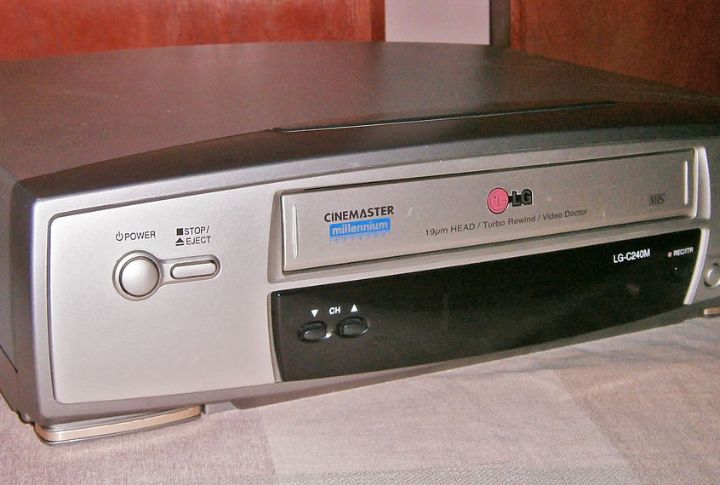
The Video Home System (VHS) revolutionized home entertainment when it debuted in the late 1970s. It quickly became the dominant format for watching and recording video. If you grew up with one, you remember setting timers and hoping the machine didn’t chew your favorite movie.
Rotary Dial Telephone
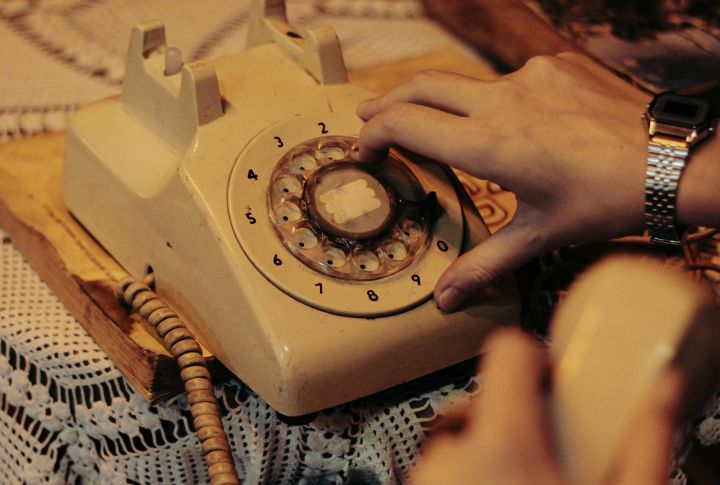
For six decades, that familiar circular dial and reassuring finger stop graced countless kitchen walls and hallway tables. Families spun their way through phone calls one digit at a time. You probably remember the pause between each click, or how dialing the wrong number meant starting over.
35 Mm Slide Projector
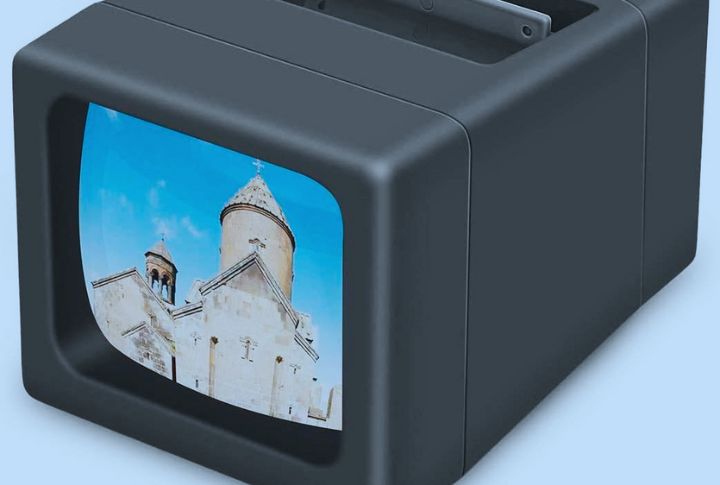
Before digital projectors changed visual presentations, the 35 mm slide projector served as the cornerstone of photographic display in homes and educational settings. Families and students alike gathered to watch images illuminated on a screen. These machines could showcase entire collections of photos or classroom slides with a simple click.
Reel-To-Reel Tape Recorder
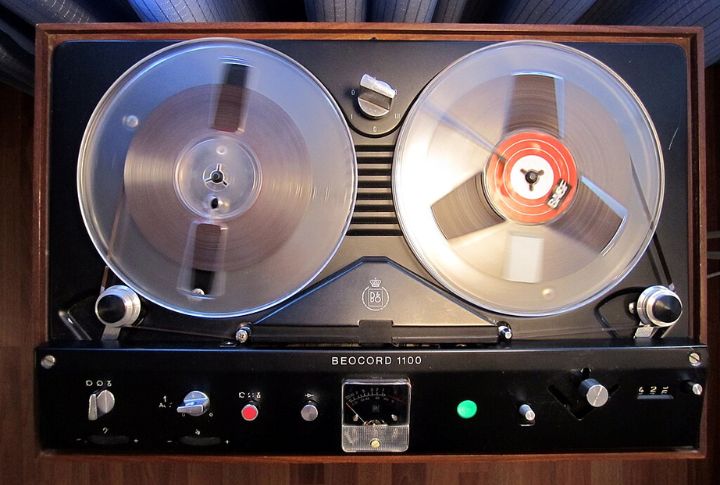
The ingenious magnetic tape mechanism of reel-to-reel recorders, with its open-reel design, revolutionized sound capture from the 1940s through the 1980s. If you ever threaded one, you know the patience it required. In return, it rewarded you with warm, full sound that digital rarely matches.
Audio Cassette Deck
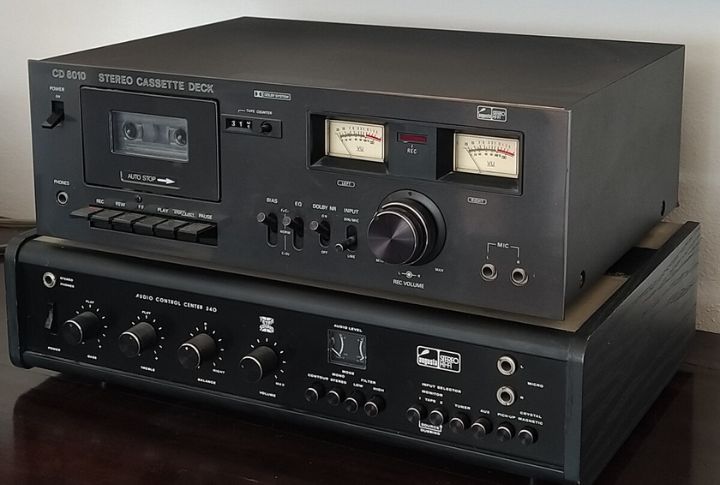
At the heart of every cassette deck was its magnetic tape technology, neatly protected within a plastic shell casing. Growing up in the ‘70s or ‘80s meant recording favorite songs off the radio or swapping mixtapes with friends. And when the tape got stuck, a pencil came to the rescue.
CRT Television Console
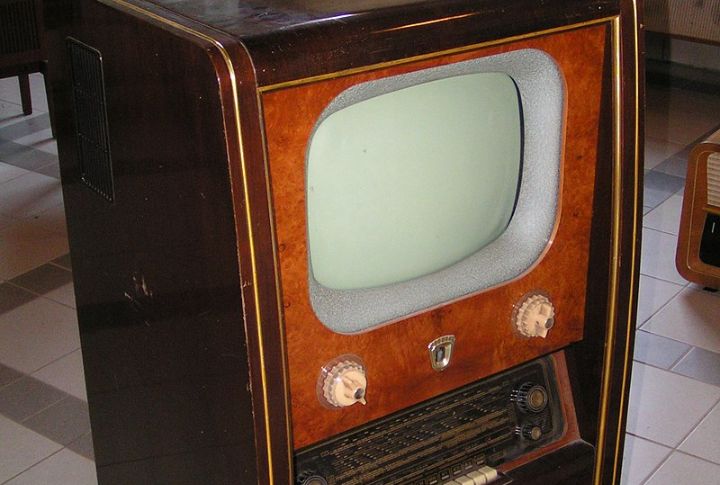
The challenge of bringing television into homes initially faced a serious obstacle: how to safely contain radiation from electron beam imaging systems. Engineers eventually solved the problem. Soon, families gathered around bulky wooden cabinets to watch everything from sitcoms to news broadcasts.
Dot-Matrix Printer
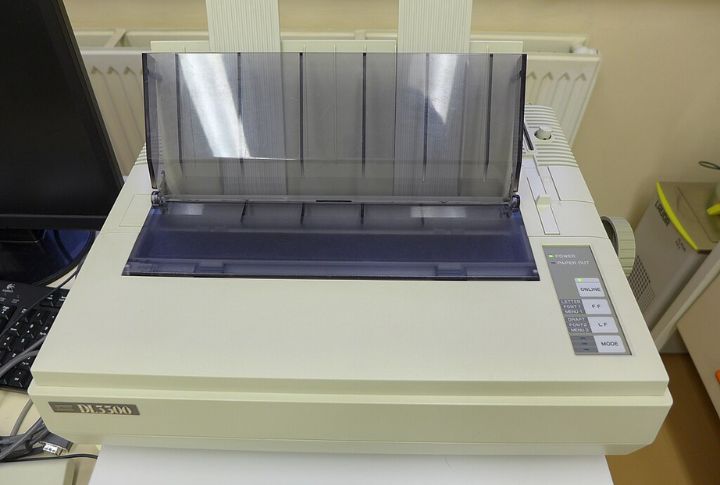
The unmistakable chatter of a dot-matrix printer once provided the soundtrack to offices everywhere. Its print head struck ink-soaked ribbons to create characters dot by dot. Those clunky machines were loud, slow, and oddly dependable, keeping paperwork moving through the ‘80s and ‘90s.
Answering Machine
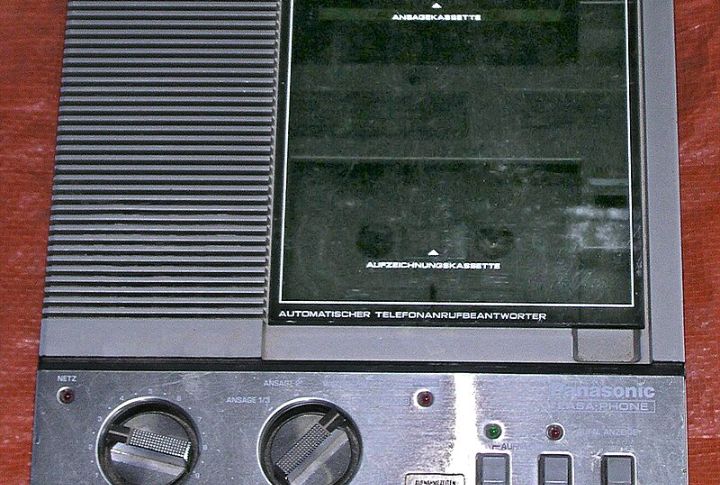
Magnetic tape turned answering machines into a communication breakthrough and spread quickly into homes and offices during the 1970s and 1980s. For the first time, calls didn’t have to be missed entirely. Still, the technology carried risk as tangled tape could erase a message in seconds.
Mechanical Clothes Wringer Attachment
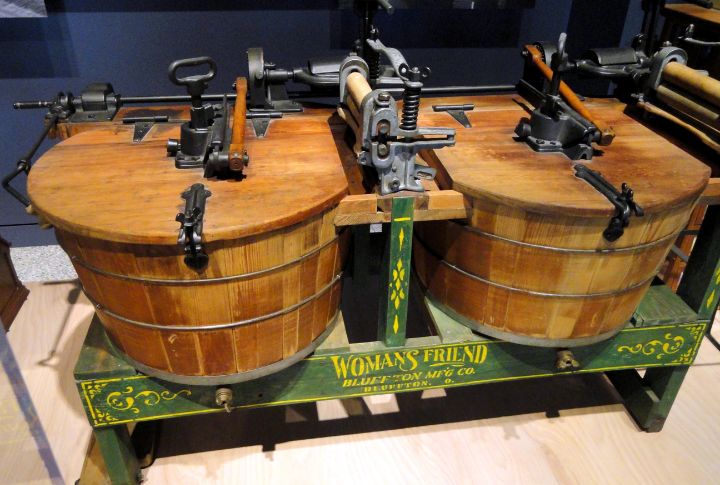
With its deceptively simple design of twin rollers operated by a hand crank, the mechanical clothes wringer attachment changed the way households managed wet laundry before spin dryers existed. You’d feed clothes through and watch the water squeeze out. Fingers always had to stay clear of those unforgiving rollers.
Icebox
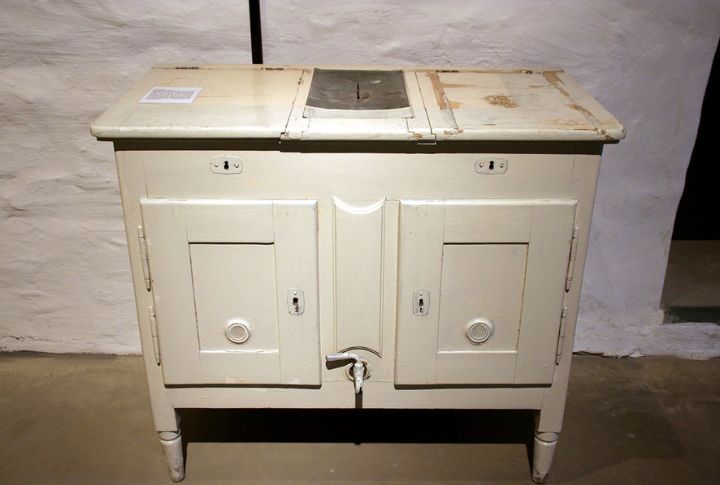
Keeping food fresh posed a major challenge before electricity, but the icebox offered an ingenious solution through massive blocks of ice delivered by neighborhood icemen. These insulated cabinets kept food cool well enough for daily use. Eventually, electric refrigerators replaced them by offering the same function with far less effort.
Hot-Air Popcorn Maker
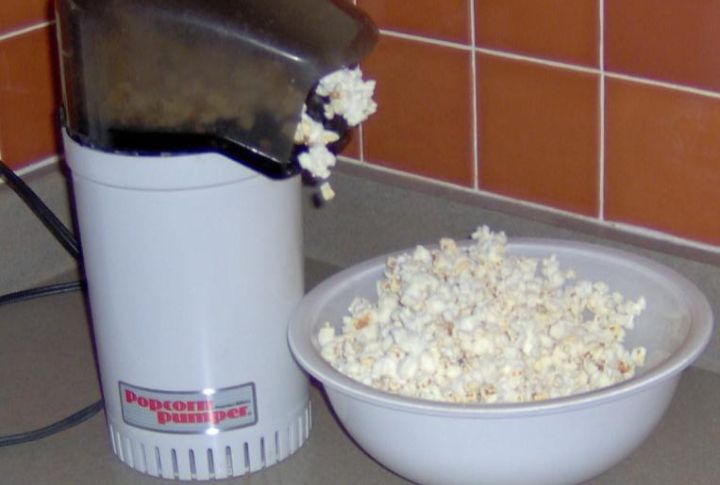
For those seeking to escape the oil-soaked tradition of stovetop popcorn, the 1970s delivered a revolutionary solution: the hot-air popcorn maker. You might remember kernels flying across the counter as much as landing in the bowl. Those colorful, often quirky designs made snack time extra fun.
Electric Typewriter
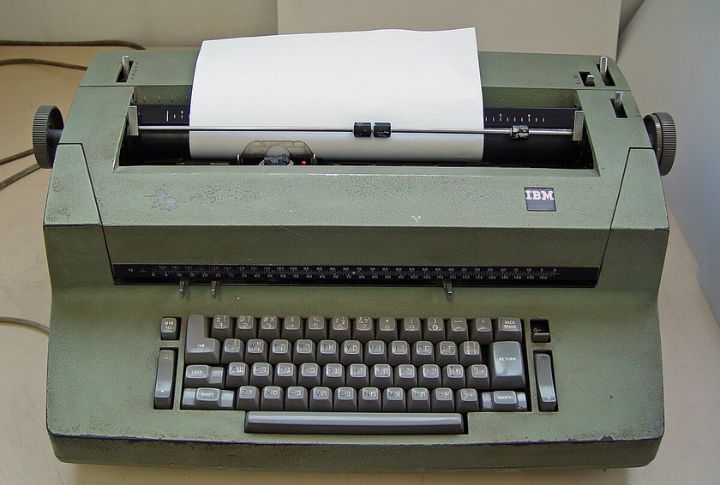
The ingenious rotating “golf ball” element of IBM’s Selectric exemplified how electric typewriters revolutionized office work. If you ever used one, you probably remember the satisfying hum and the thrill of fixing mistakes with correction tape instead of retyping a whole page. They felt futuristic then.
Vintage Cabinet Sewing Machine
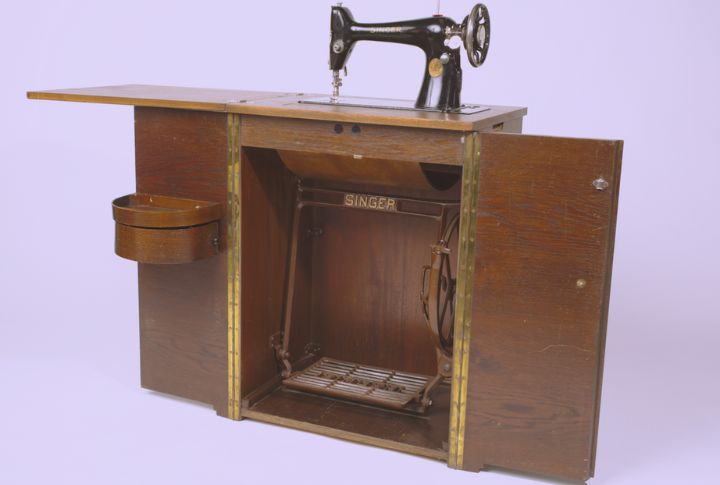
For today’s collectors, vintage cabinet sewing machines represent the perfect mix of form and function from a bygone era. Growing up around one meant the rhythmic treadle pedal and clatter of the needle became unforgettable. Those heavy wooden cabinets were heirlooms that blended practicality with workmanship.
Manual Ice Crusher
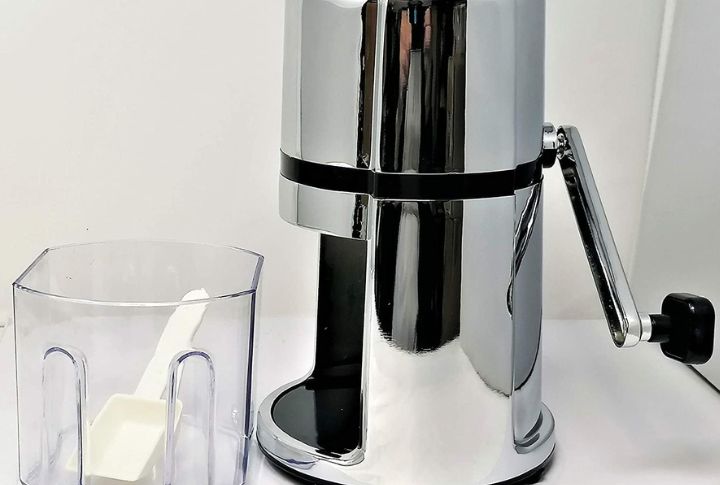
Long before the perfect mint julep became a push-button convenience, the manual ice crusher reigned supreme in cocktail preparation. Cranking the handle meant effort, anticipation, and the satisfying crunch of breaking ice into perfect chips. They made gatherings feel festive, though now most rest as collectibles instead of kitchen staples.
Tube Radio
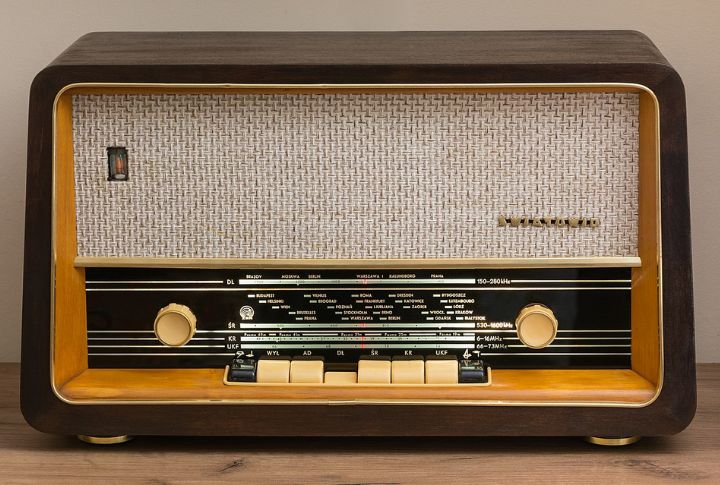
Housed in finely crafted wooden cabinets with glowing dials, tube radios created a ceremonial feel each time they were switched on. Families waited for the vacuum tubes to warm before the sound filled the room. They offered a slower, shared experience that defined early home entertainment.
Wired Home Intercom System
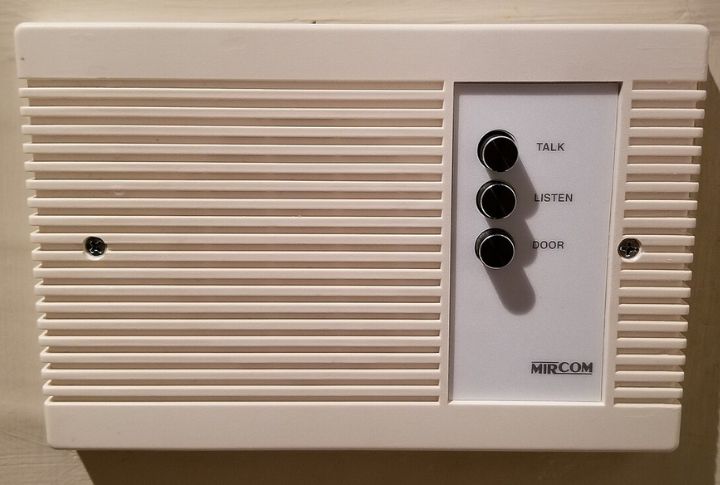
Beyond basic room-to-room communication, premium wired home intercom systems surprised homeowners by doubling as radio receivers. That extra feature boosted their appeal in homes and apartments from the 1960s through the 1980s. You might recall pressing the call button for dinner or hearing music piped through every room.
Standalone Fax Machine
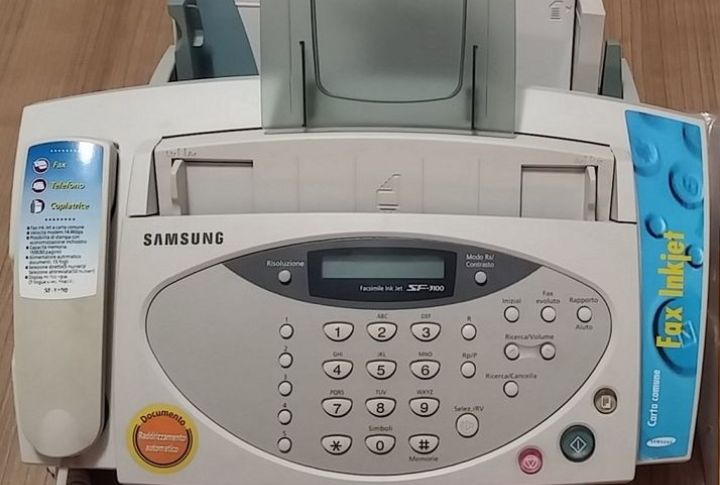
The unmistakable screech of fax machines connecting still echoes in office veterans’ memories. This sound defined document transmission through telephone lines during the 1980s and 1990s. Waiting beside one meant watching pages crawl through and feeling relief when the document actually arrived intact.
Electric Ice Cream Maker
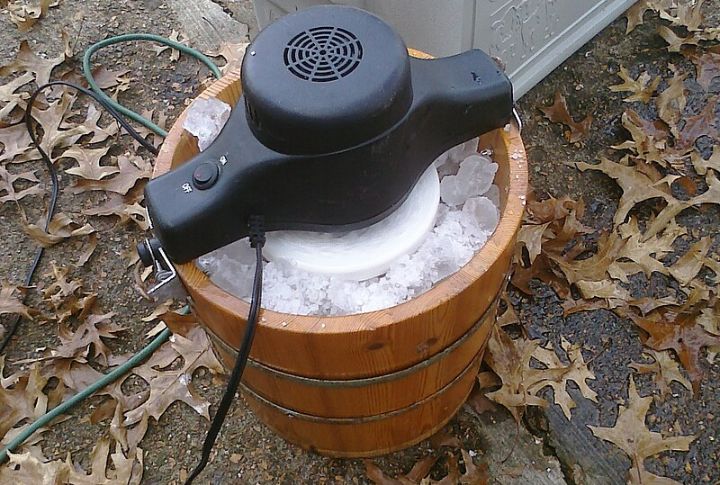
Whipping up homemade ice cream in under an hour might sound too good to be true, but that’s exactly what modern electric ice cream makers deliver. There’s no salt to measure and no hand-cranking involved. Instead, you get fresh frozen treats with far less effort than the old way.
Electric Percolator Coffee Pot
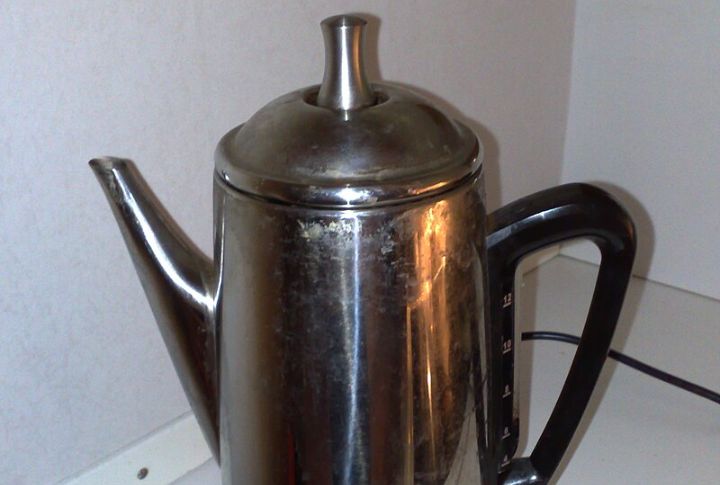
The gentle “perk-perk” rhythm and mesmerizing dance of coffee bubbling through glass knobs created a morning symphony in kitchens across America before drip makers stole the spotlight. If you had one, the smell and sound went hand in hand. For many, coffee was brewed perfectly.
Slide Rule Calculator
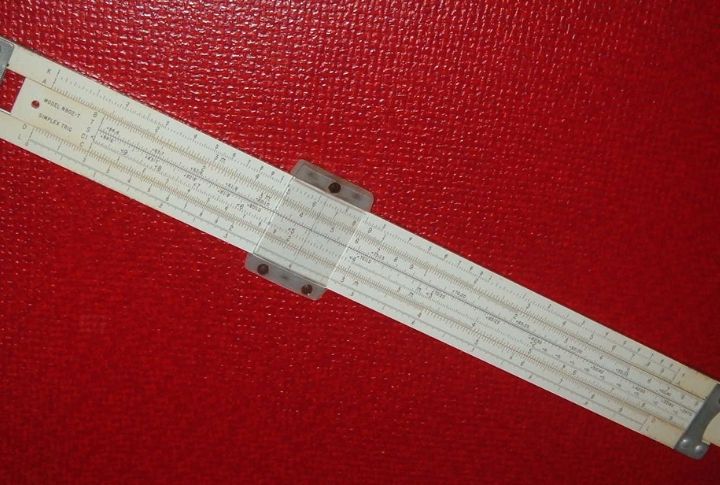
A slide rule was the essential tool for solving math problems, especially for engineers, scientists, and students from the ‘40s through the early ‘70s. This analog device used logarithmic scales to perform complex calculations. If you grew up in a home before TI-83s ruled the classroom, you might still find one boxed up in the basement.

